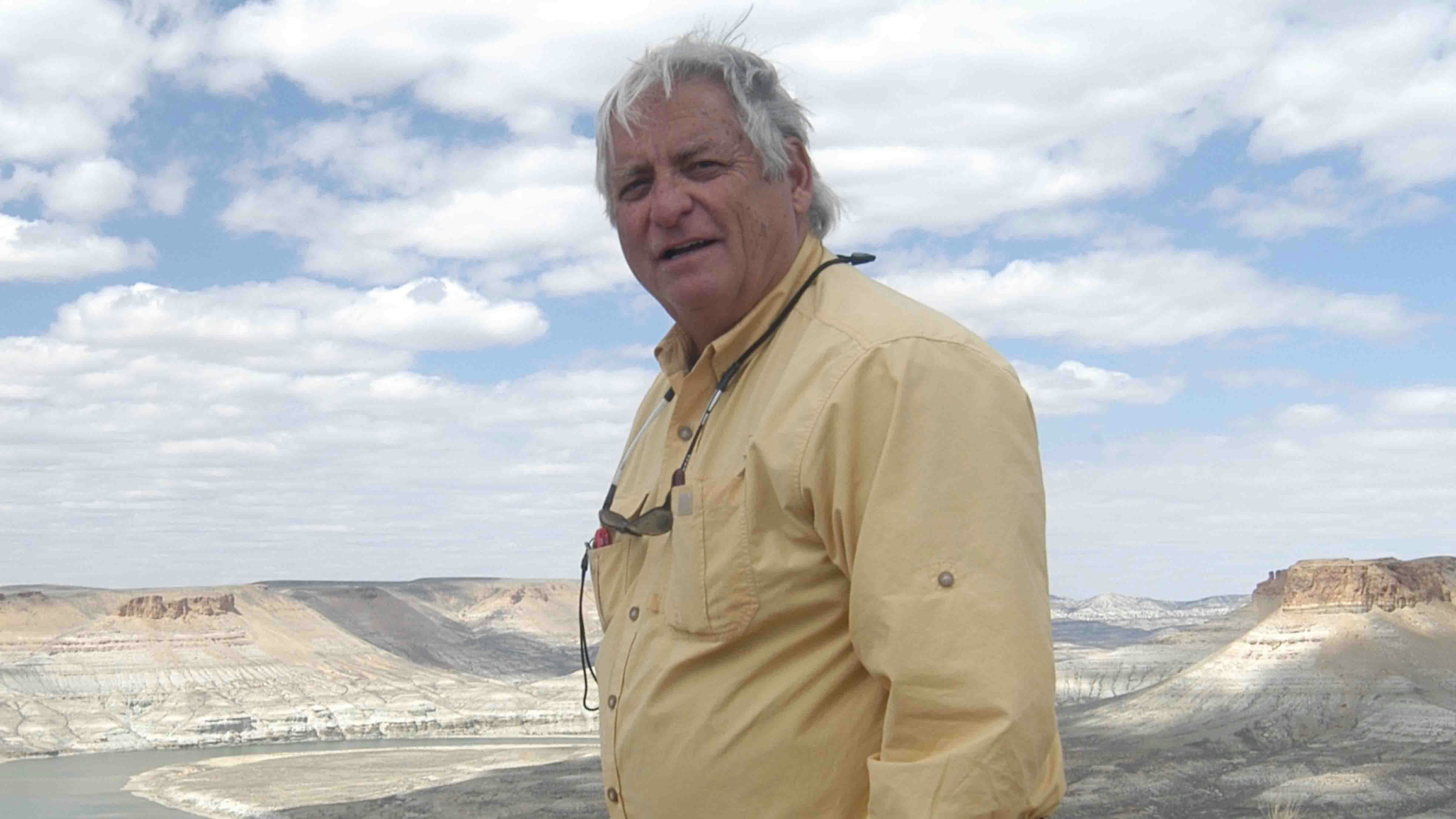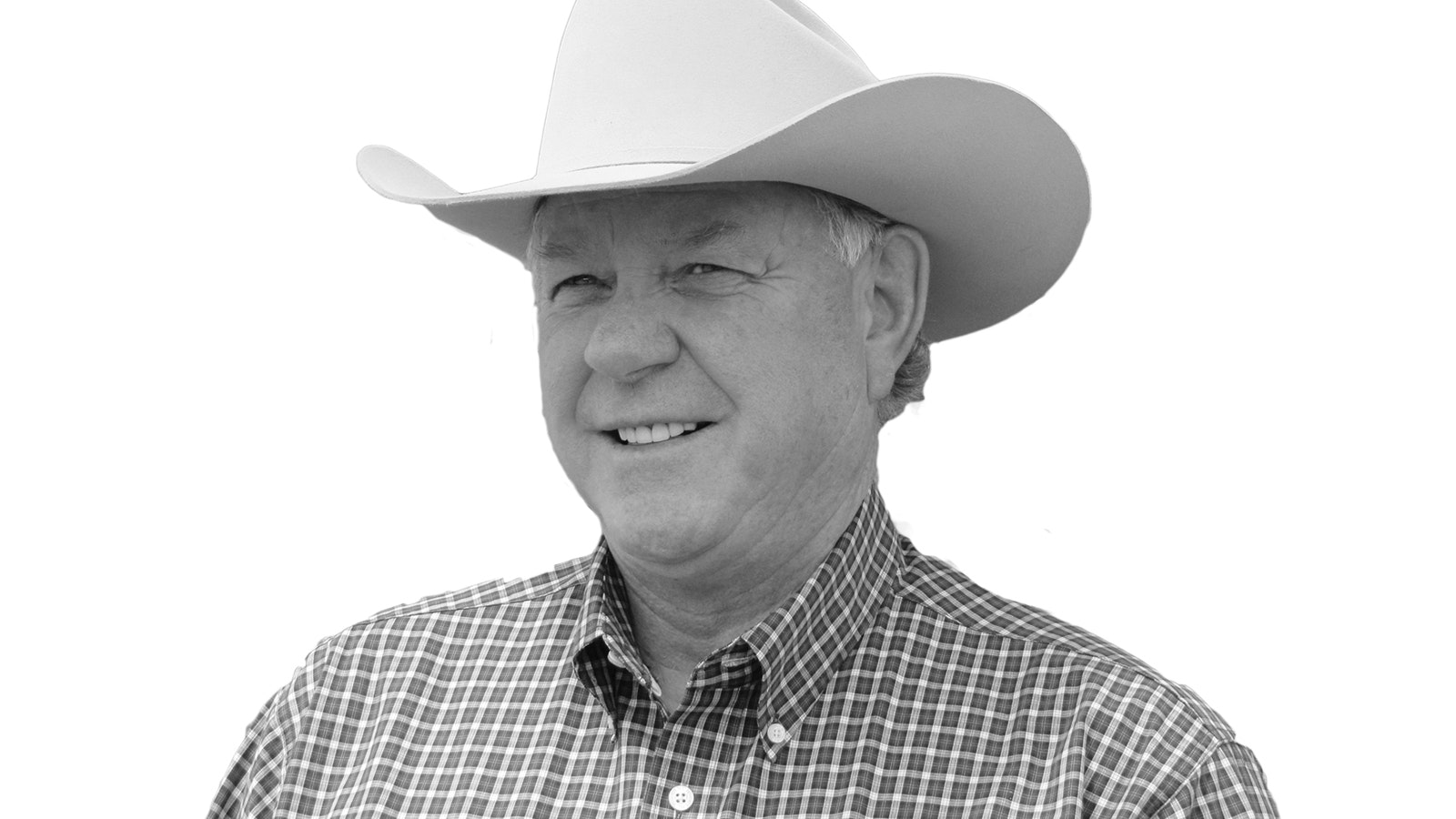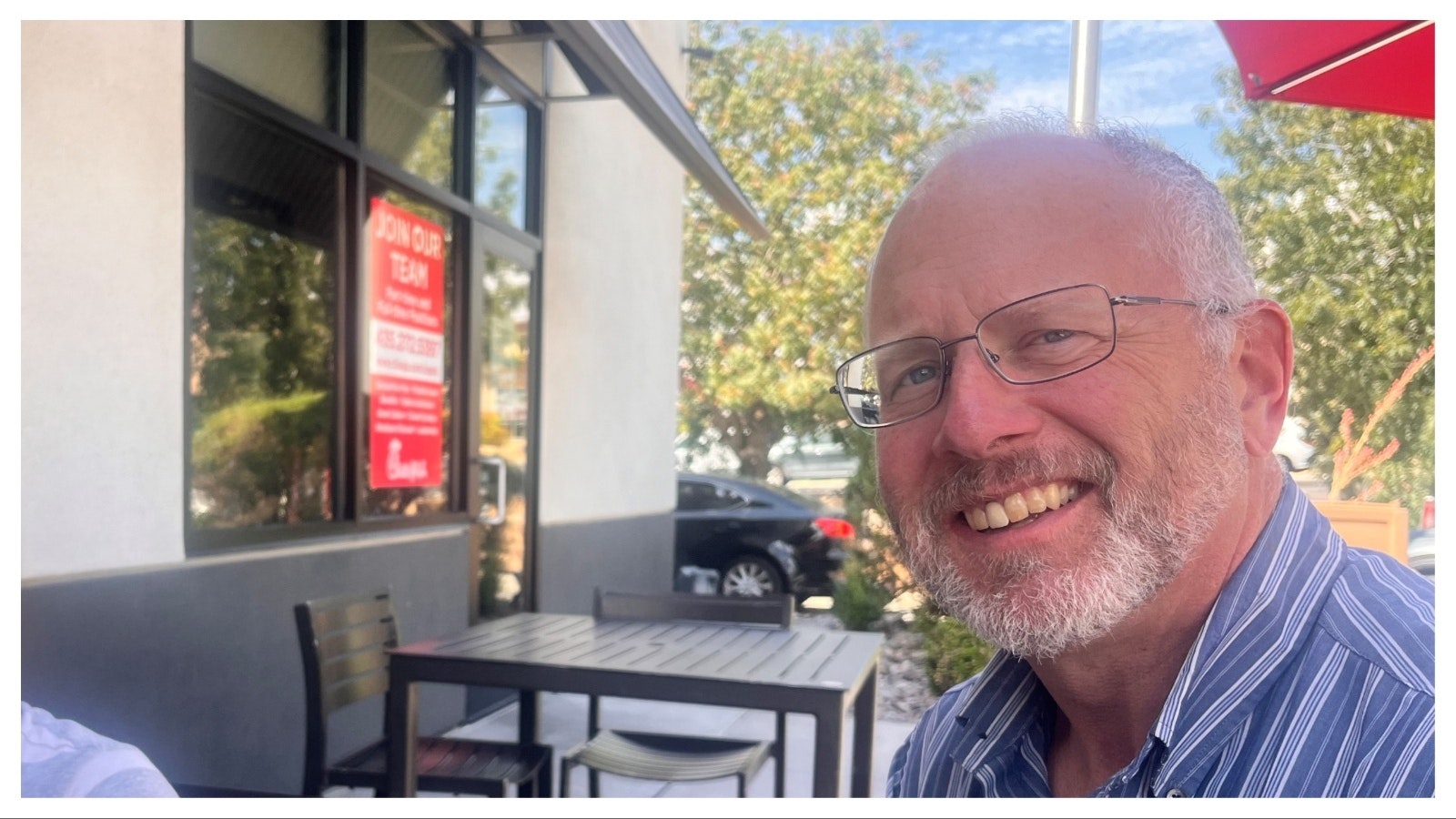If you happen to see two lanterns shining in your county courthouse Friday night, you will know that the Revolution has begun.
Well, actually, you’ll be reminded that it started 250 years ago when residents in Boston understood the signal. The most famous horseback ride in American history took place that night when Paul Revere snuck across the Charles River.
Revere illegally crossed the river from Boston to warn the Colonial Congress and citizens in Concord that the army would be coming through at any moment.
The colonists — called the Sons of Liberty who became the Revolutionaries — knew the British Army Regulars, had two ways to approach Concord and begin the war.
The Regulars could follow a water route, one considered coming “by sea.”
Or, they could take a longer journey heading south from Boston Harbor and traveling overland to the west and then north to Concord. That was a journey on land.
Since the patriots didn’t know how the Regulars would approach, they made plans to watch them and send out advance riders who would issue an alert.
“One By Land, Two By Sea” became the mantra. It is a statement as well known in the lexicon as, “Give me liberty, or give me death.”
The midnight ride of Paul Revere was the warning to the citizens of Charlestown and Concord that the British were coming. But he had to wait for the signal to know which route the troops would take.
It came from Robert Neman, sexton of the Old North Church in Boston, who would hang one lantern in the church steeple to indicate the troops were on the land route. Two lanterns meant they were coming by sea.
The two lanterns that the sexton hung in the steeple were up for less than a minute, for fear that they would be seen by the enemy troops. But they gave the colonists critical information.
In Charlestown, men began preparing by hiding horses so the British couldn’t take them. Revere took his own horse, riding through Menotomy (now Arlington) and Medford and raising the alarm that, “The Regulars are out!”
This gave the patriots time to prepare.
The two sides clashed for the first time in Concord, and the Revolutionary War was underway in a fight for American Independence.
July 4, 1776, marks the signing of the Declaration of Independence, and America is now preparing to commemorate the semiquincentennial (marking 250 years).
The lighting of two lanterns in some Wyoming courthouses this Friday is the official start of the celebration in the Cowboy State. Last year, a state task force was organized to recognize the milestone.
Wyoming’s Semiquincentennial Celebration: A Declaration of Imagination has three themes: honoring our past, examining our present, and imagining our future.
Throughout the state, county committees are now being established, who are planning for local events and projects. They will recognize Wyoming’s role in America today, while also highlighting key moments in the state’s history.
If you see two lights in your courthouse Friday night, recall the spirit of the people who founded this nation.
It all began in May 1774, when Thomas Gage, the governor of Massachusetts, dissolved the General Court that had been the popularly elected legislature since the Massachusetts Bay Colony was founded in 1630.
Replacing the General Court was a council of men appointed by King George III. It was a move that upended the system established in 1691 when Massachusetts became a royal colony.
From that time until 1774, the colony had a royally appointed governor, but a popularly elected legislature.
Gage took his action in an attempt to stop the men in the General Council who were in favor of revolution, from urging rebellion among the people of the colony who remained neutral on the issue.
Whether or not they supported revolution, the citizens of Massachusetts would not willingly give up their right to elect people to represent them. Thus, the men they selected in the fall of 1774 became members of a Provincial Congress.
Declared illegal by the monarchy, the new Congress was not allowed to meet in Boston. No worries, led by John Hancock they instead gathered in Concord, northwest of the city.
They set up a series of secret spy posts located on the road between Boston and Concord, manned by the Sons of Liberty’s Committee of Safety. One of those Sons of Liberty was Paul Revere.
When the patriots learned that the British planned to go to Concord to seize arms and ammunition, and arrest some of the Sons of Liberty, the patriots made their plans for notification.
That plan led to two lanterns in Old North Church and Paul Revere’s ride.
While Revere is the man we all think of for that famous warning ride, the patriots had other men ready to also provide warnings, including William Dawes.
When the British began their movements, Dawes actually took off first. He followed the land route, taking off on his horse just before the British army sealed off the city of Boston.
Revere snuck across the Charles River to Charlestown and when the North Church lanterns made it clear how the regulars would advance, he was the man who had to reach Concord first.
That puts him first in the history books. Just ahead of the first shot of the American Revolution.
Candy Moulton can be reached at Candy.L.Moulton@gmail.com.





